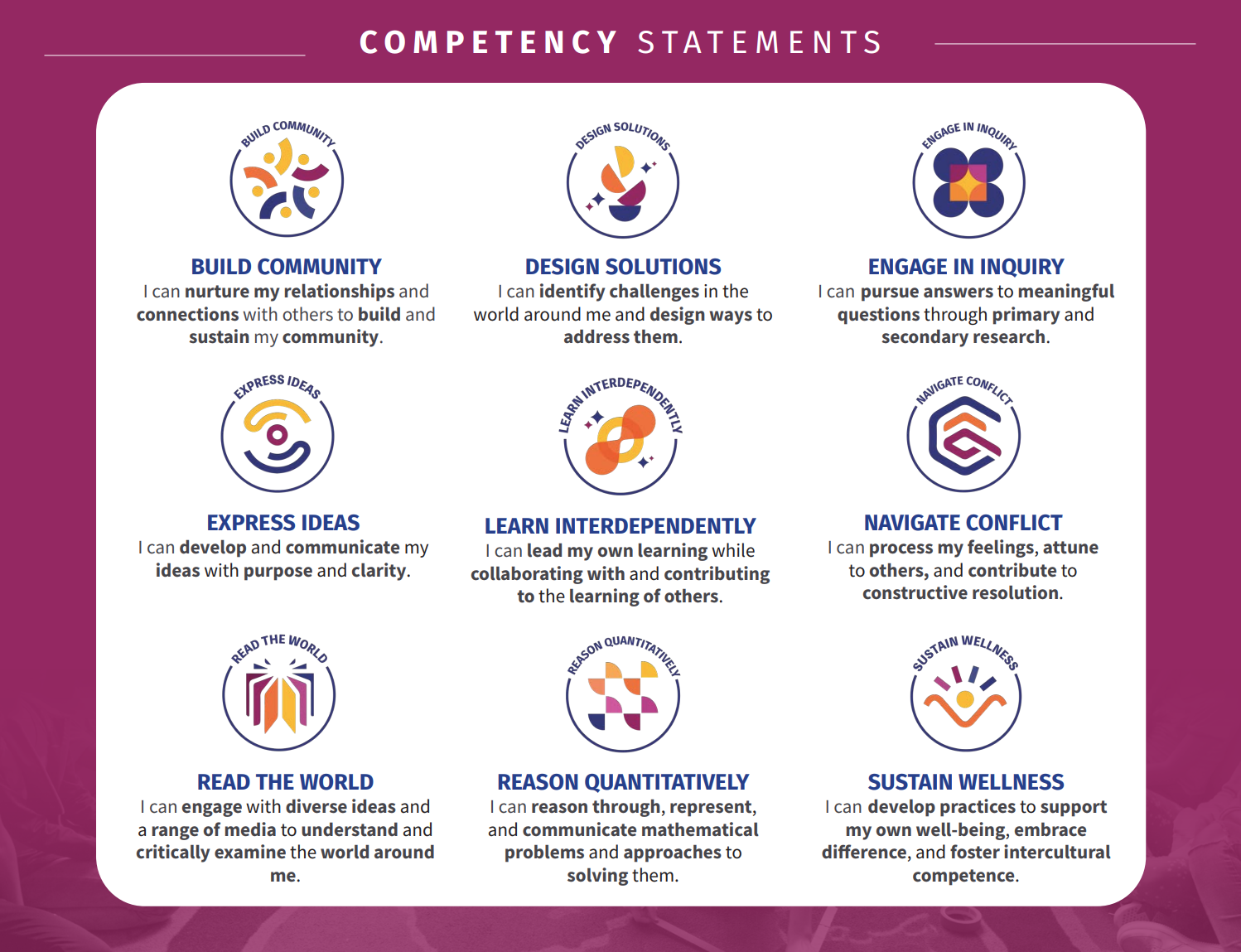How Does the Classroom Feel?
Thursday, September 5, 2024 Savannah, GA, USA
In a famous scene from Ferris Bueller's Day Off, Ben Stein takes attendance. The boredom and stagnant feel of the classroom are palpable. He calls out each student's name, finally repeating, "Bueller? Bueller? Bueller?"
If you're in an even halfway decent traditional classroom, it should not feel like that at all. But the scene is funny for a reason—it hits upon something we've all felt. A lot of young people do feel zoned out, bored, and lost in a traditional classroom. An adult would feel the same in a particularly mind-numbing office job or an incredibly boring professional development seminar. Remember the movie Office Space?
Teachers in a traditional classroom have autonomy, and they work their best to make their classroom environment as engaging as possible. But the learning design, the goals of the learning design (assessment), and the larger goal that has inspired both, are going to have a big effect on the classroom environment.
At Aspire Savannah, our studios are different from a traditional classroom. They are less bureaucratic and more personalized. There are fewer learners, more freedom of choice, and more customization of content. This alone makes our atmosphere an alternative to traditional school.
But the main driver of our alternative atmosphere, as mentioned, is all about larger goals and inspiration. When you are working on and measuring competencies like Build Community, Navigate Conflict, Learn Interdependently, and Sustain Wellness—not just knowledge acquisition—your classroom environment is going to feel very different from a classroom that focuses all of its measurement (assessment) on knowledge acquisition. A lot different.
This is not to say that knowledge acquisition isn't important, but it is bare-minimum, low-hanging fruit. If you ask the parents of a 6-year-old starting school what abilities they hope their child will have at 18, they're going to say things that look like the Future9 competency framework we use.
Maybe they'll say these things because they truly are what is most important. Or maybe they'll say them because deep down they know traditional school isn't measuring these things, making them easy to neglect over those 12 years.
What you measure tells a lot about what is meaningful to you. What is meaningful to you dictates a lot about your classroom atmosphere.
Teaching Style and The Learning Environment
Monday, September 2, 2024 Savannah, GA, USA
Every teacher in a traditional classroom brings their own unique style to teaching. From your school days, you likely remember that each teacher had a different approach. While every teacher operates autonomously, the school's overall learning style can create opportunities or present obstacles, depending on the expectations set by that style. More importantly, it's the method of assessment that truly shapes the learning environment.
A traditional classroom follows an industrial model. The teacher is seen as the primary source of knowledge. Students receive information through lectures, demonstrations, and structured lessons, with a strong emphasis on memorization, following a set curriculum, and preparing for standardized tests. The teacher controls the pace of learning, and students are expected to absorb and recall the information presented to them.
In contrast, an inquiry-based classroom promotes a student-centered approach, fostering a teaching style that is more facilitative and exploratory. The teacher, acting as a guide, encourages students to ask questions, explore topics of interest, and engage in hands-on, collaborative activities. Here, the focus shifts to critical thinking, problem-solving, and deep understanding. The curriculum is flexible, enabling learners to follow their curiosity and make connections across different subjects.
The approach to assessment is what fundamentally differentiates these teaching styles. In a traditional classroom, assessment typically involves quizzes, tests, and exams, focusing on recalling facts and performing procedural tasks. (For a deeper look at the difference between simply recalling facts and truly understanding concepts, see our post on math education.)
To succeed in this style of assessment—and we all strive for success—teachers have limited flexibility to deviate from the industrial classroom model.
In an inquiry-based classroom, however, assessment takes on a different form. Teachers assess students through formative assessments, observations, and reflections, allowing for a focus on the learning process rather than just the end result.
While assessment may be seen as the final step in the learning process, it influences everything that comes before it, including teaching style.










Social Icons